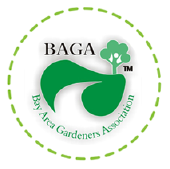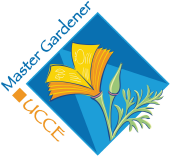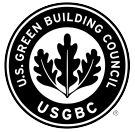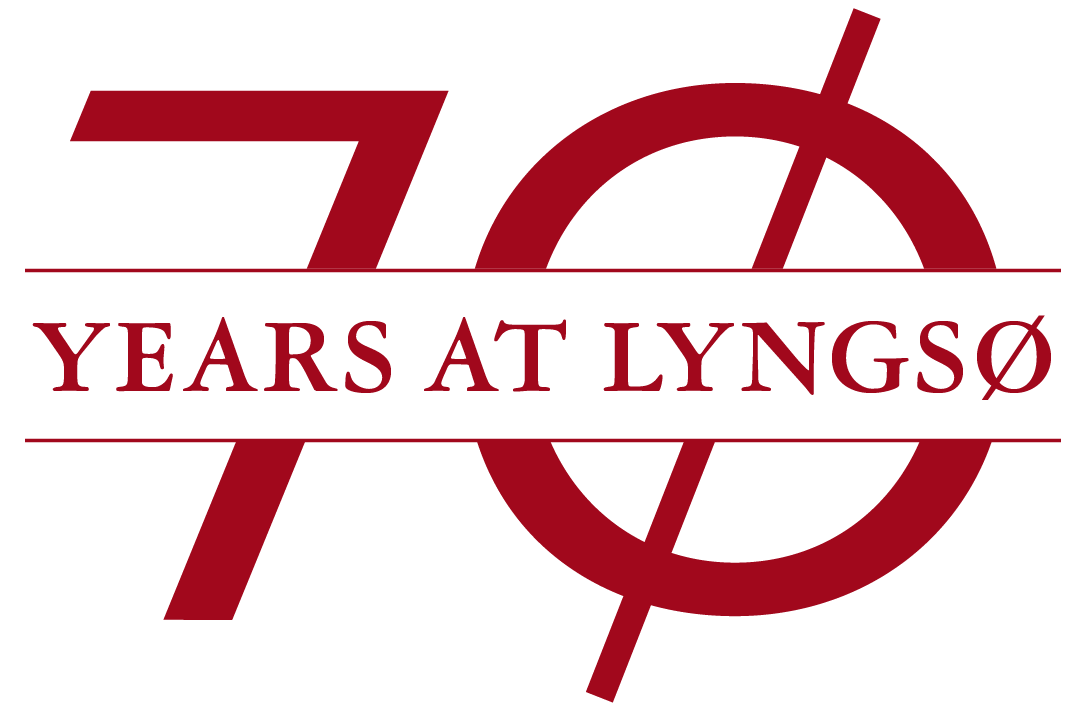Sand is an incredibly versatile gardening and landscaping material. It can be used to improve the properties of garden soil and in hardscaping applications such as pavers, sandboxes for kids, and more. Yet, this versatility comes with a caveat—there are different types of sand, each with unique advantages and disadvantages and best suited for a specific use case.
Here at Lyngso, we understand that for beginners and experienced gardeners alike, selecting the right type of sand for your application can be challenging. In this guide, we’ll explore three different applications and discuss the types of sand required for each: sand for garden amendments, paver sand, and kid-friendly sandbox sand. So, without further delay, let’s get started!
Types of Sand for Gardens and Their Use
Sand for Garden Amendment
Sand is a popular choice for soil amendments, and it is used to enhance the overall structure, aeration, and drainage capabilities of garden soil. When considering sand for this purpose, choosing the appropriate type based on your specific planting plan is crucial. Depending on your needs, #2 Olympia Sand and Concrete Sand are two excellent options, each one with its unique characteristics and advantages.
Which Sand Is Best for Soil Amendments?
#2 Olympia Sand, known for its coarser texture, can be particularly useful in areas where drainage is a primary concern. Its larger particles allow for better aeration and water movement through the soil, preventing waterlogging and promoting healthy root growth.
Concrete Sand, conversely, is finer in texture than #2 Olympia Sand, making it suitable for projects where a smoother finish or tighter compaction is desired. It can be a valuable addition when amending soil for plants with shallower root systems or landscaping projects requiring a more compacted base.
Using Sandy Loam for a Well-rounded Approach:
If you are unsure which option is best for you or you’re looking for a more balanced and well-rounded approach, we recommend using Sandy Loam soil.
Sandy Loam offers a balanced mix of clay, silt, and sand that can accommodate the diverse needs for moisture retention, aeration, and nutrient accessibility of various plants. This versatility makes Sandy Loam a go-to choice for home and professional gardeners alike.
Paver Sand
Paver sand is critical to almost any hardscaping project. It is used as a base for setting stones, pavers, and bricks and is vital in providing stability and longevity to installations such as natural stone patios and pavers.
Which Sand Is Best for Pavers?
If you are looking for a Paver Sand, we recommend Concrete Sand (also known as Top Sand) from our store. This coarse, washed, and screened sand is tailored for use beneath flagstones, pavers, and other hardscaping elements. Its texture allows for precise leveling and compacting, ensuring a solid foundation for the surface materials. This utility is crucial in preventing shifts or settling, enhancing the durability of the hardscape.
Furthermore, Concrete Sand packs together nicely and will not wash out as easily compared to finer sands. As a coarser sand, it helps with drainage, preventing water accumulation beneath the surface, which can otherwise cause uneven settling and potential damage to the hardscape.
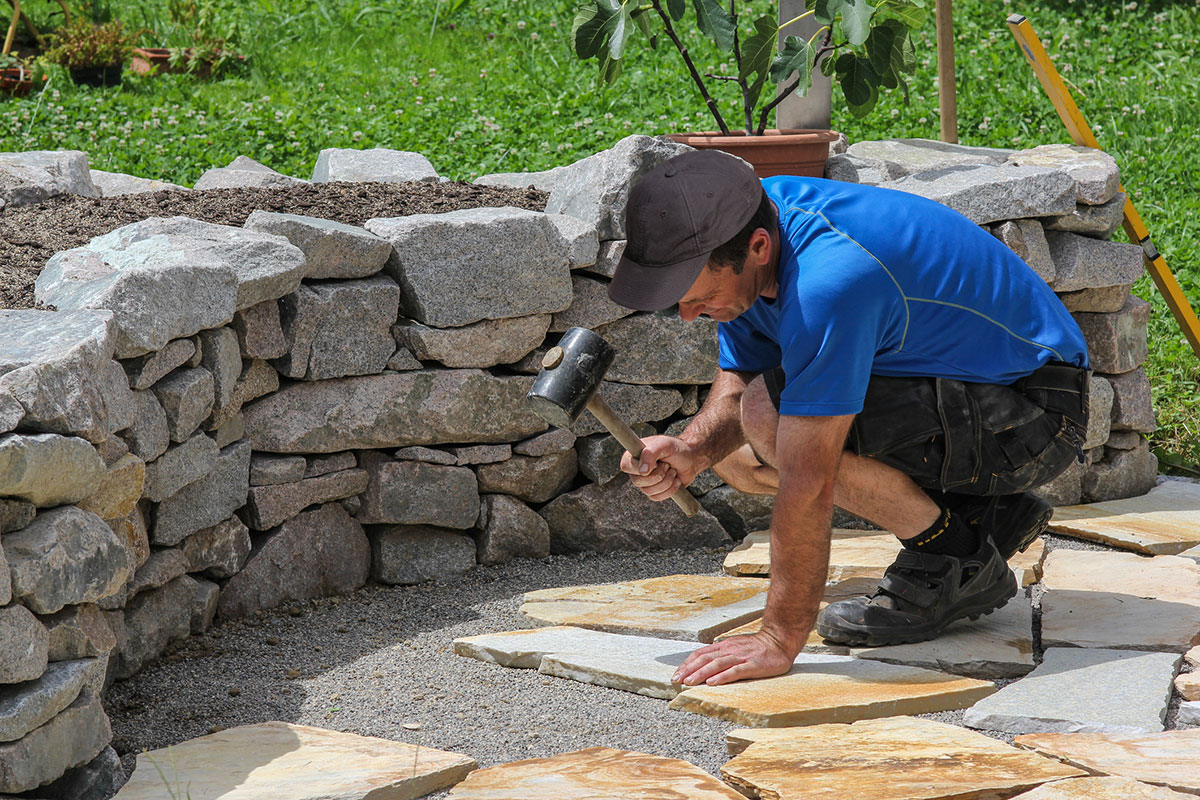
Play Sand
Play sand, a staple for children’s sandboxes, requires careful selection to ensure a safe and enjoyable play environment. Play sand should be gritty but free from sharp or abrasive particles that could harm children during play. It should also not clump together when wet, ensuring that it will remain suitable for play even after exposure to moisture.
Which Sand Is Best for Sandbox Use for Children?
One popular choice for sandbox use is the #2 Olympia Sand. Its coarser texture means it won’t wash away as quickly as finer sands, providing a stable surface perfect for building sandcastles and other imaginative play. Moreover, due to its gritty texture, #2 Olympia Sand delivers more stability and minimizes washout risk during play.
Although Play Sand is washable and relatively more straightforward to remove dirt, spills, and other impurities, we recommend covering the sandbox when it’s not in use. This precaution not only prevents debris from entering but also discourages neighborhood critters from using it as a litter box, keeping the Play Sand clean and safe for children to enjoy.
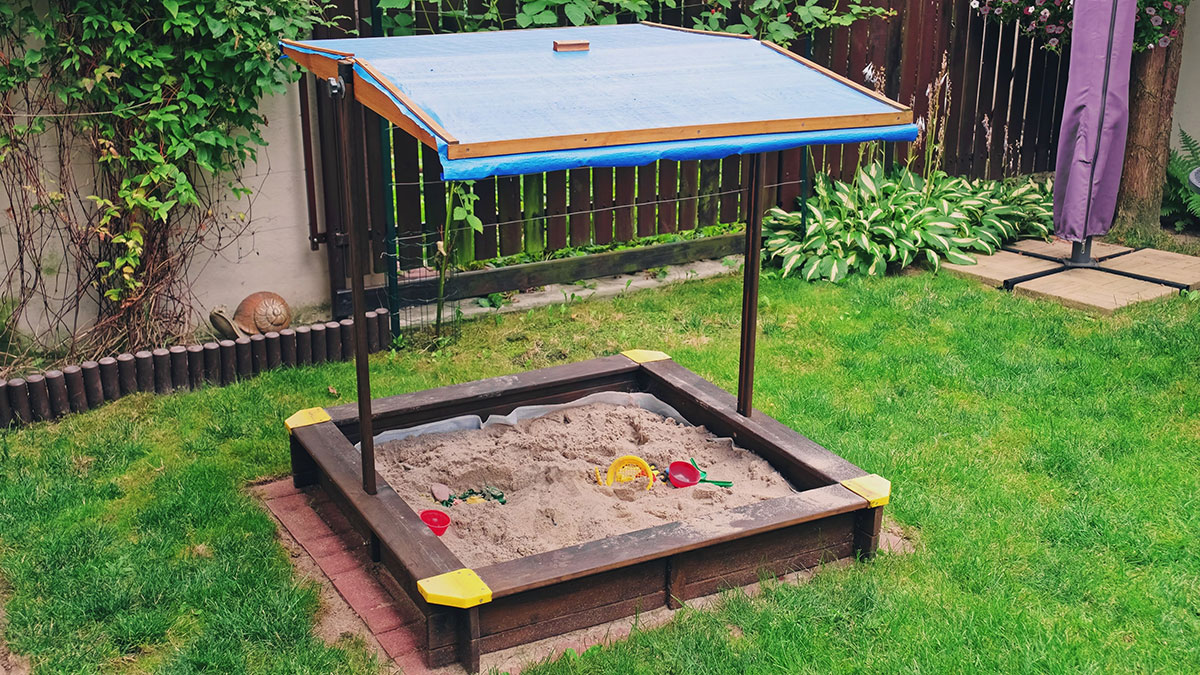
Final Thoughts
Sand is an incredibly versatile natural material used in nearly every gardening and hardscaping project. Whether you’re enriching your garden’s soil, ensuring the durability of your flagstone patio, or creating a safe sandbox for your kids, you’ll find the right type of sand, along with tools and materials, at Lyngso. Visit our large showroom and landscaping yard in San Carlos for inspiration and guidance, and contact us today to learn about delivery options for your SF Bay area home.







